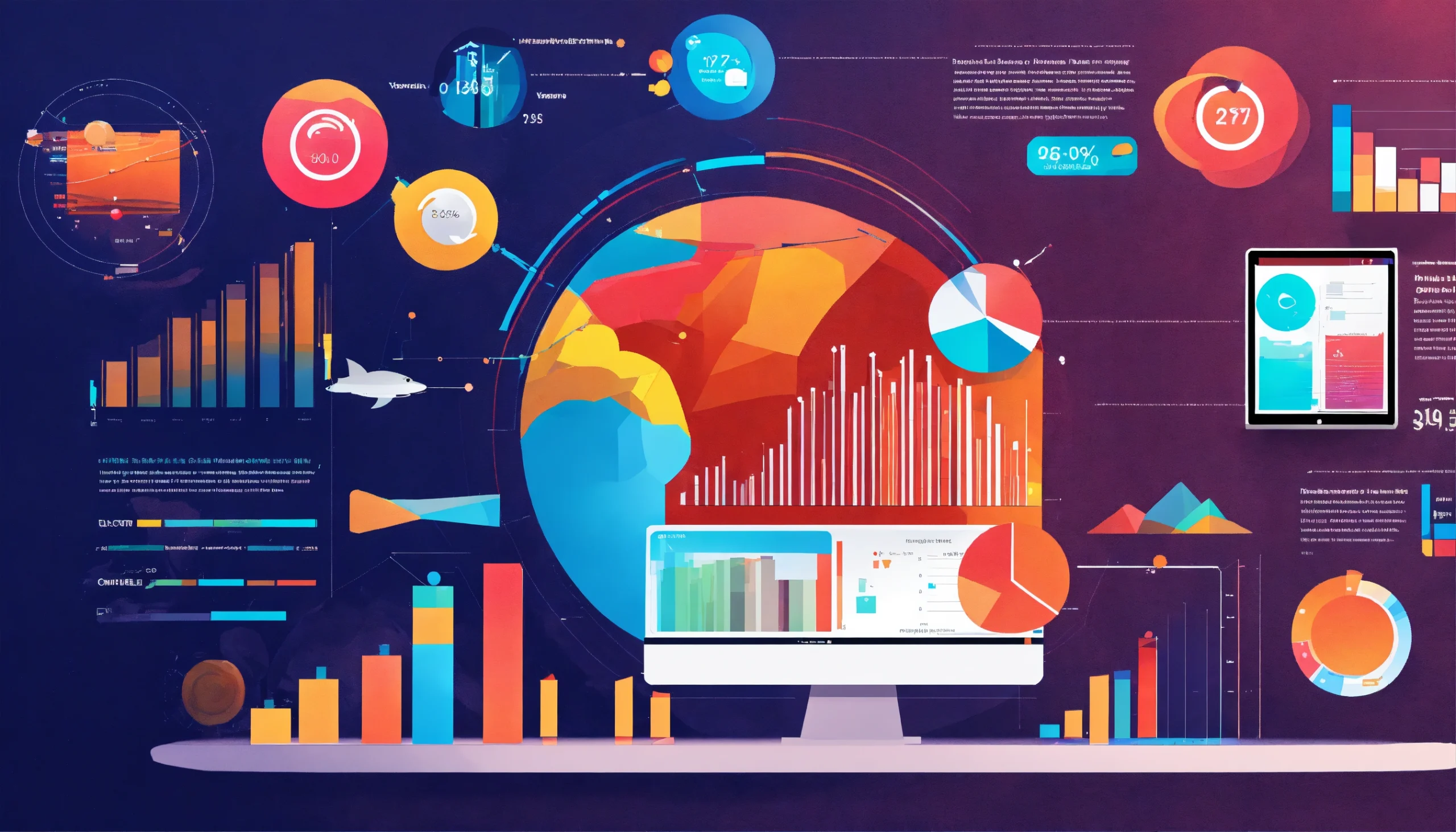It’s common to think of sentiment analysis as a simple categorization of text into positive or negative sentiments. However, this simplistic viewpoint overlooks the complexities of human emotions and opinions. If you want to explore deeper into sentiment analysis, you must explore advanced techniques that go beyond these binary classifications, allowing for a more nuanced understanding of the feelings expressed in text.
One key technique you might want to explore is fine-grained sentiment analysis. This approach not only identifies whether the sentiment is positive or negative but also takes a step further to classify emotions like joy, anger, surprise, or sadness. By employing a more sophisticated model, you could harness the power of emotion lexicons—dictionaries specifically designed to categorize words into various emotional classifications. This can enhance your ability to bridge the gap between simple sentiments and the array of human feelings.
Another advanced methodology involves aspect-based sentiment analysis. This technique allows you to extract opinions on specific attributes or aspects of a product or service. For instance, if you are analyzing reviews for a restaurant, aspect-based analysis can help you understand sentiments about the food, ambiance, service, and pricing separately. By doing this, you obtain a well-rounded view of customer opinions, enabling you to identify strengths and weaknesses in a more comprehensive manner.
Additionally, you may find deep learning models particularly useful in your sentiment analysis endeavors. While traditional models rely on feature extraction and rule-based systems, deep learning approaches—like recurrent neural networks (RNNs) or transformer models—are capable of understanding context more effectively. By training your model with a sizable dataset, you can achieve exceptional results, as these algorithms capture intricate patterns and relationships in text data that are often missed by simpler methods.
You should also consider implementing sentiment intensity analysis, which quantifies sentiment along a spectrum rather than limiting it to a binary scale. This involves assigning a polarity score that ranges from very negative to very positive. For instance, a simple phrase like “I love this product!” could score extremely high on the positive end, while “I don’t like this at all” might register deeply negative. This refined scoring system enables you to track sentiment changes over time more accurately, which is invaluable for businesses and researchers alike.
Lastly, integrating multimodal sentiment analysis can yield even richer insights, as it takes into account different forms of data, such as text, images, and audio. This method uses advanced algorithms to analyze not just what is said, but also how it is communicated, offering a more complete view of sentiments expressed across various media. Think about the impact that a smiling face in a video or an uplifting tone in a voice can have, and you can recognize the many layers of sentiment waiting to be explored.
In a nutshell, by leveraging these advanced techniques in sentiment analysis, you empower yourself to move beyond the simplistic dichotomy of positive and negative sentiments. By understanding fine-grained emotions, aspect-driven insights, deep learning applications, sentiment intensity, and multimodal data, you’ll be better equipped to analyze and interpret human emotions, enhancing your ability to respond effectively to your specific interests and needs.




